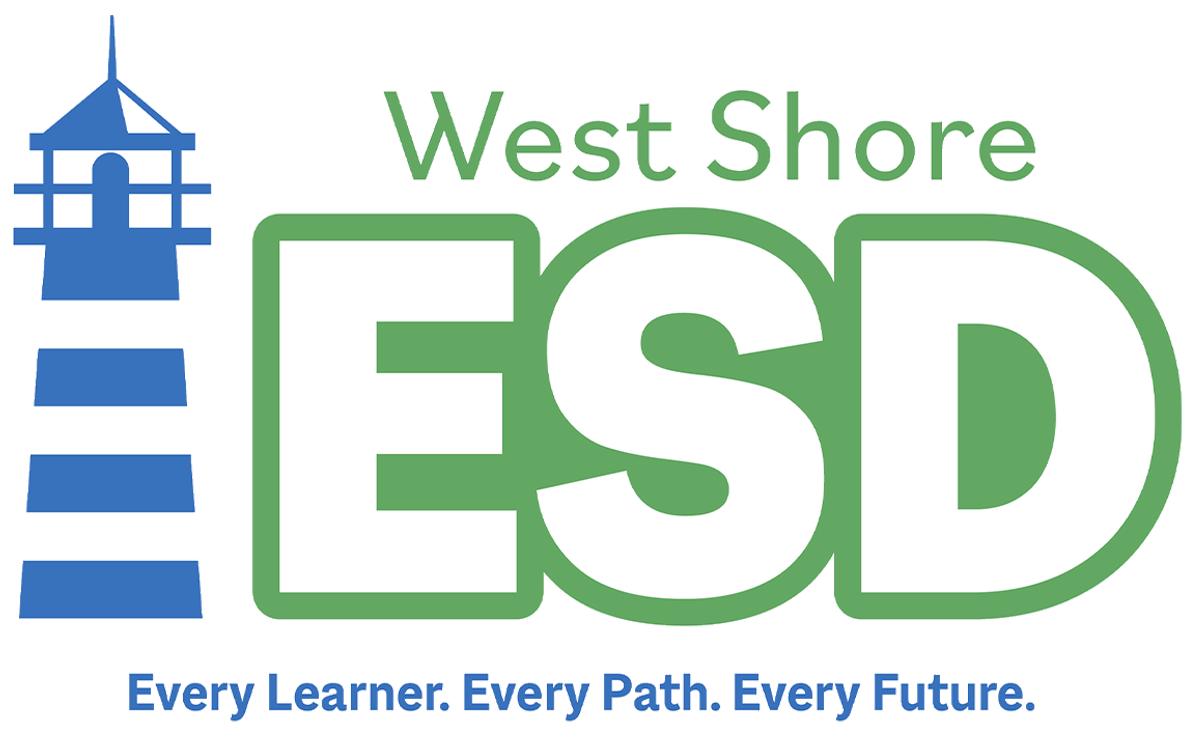Specific Learning Disability Identification Process

WSESD SLD Identification Process
Each local educational agency and public school academy in Michigan is required to publicly post the process used to determine the existence of a Specific Learning Disability (SLD), in accordance with the May 14, 2010 Michigan Department of Education Office of Special Education-Early Intervention Services (OSE-EIS) memorandum #10-07. Consistent with this requirement and the regulatory requirements in the Individuals with Disabilities Education Act of 2004 (IDEA), and the Michigan Administrative Rules of Special Education (MARSE), the West Shore ESD report the following: For determination of a SLD, a Pattern of Strengths and Weaknesses (PSW) process is used for students in kindergarten through 12th grade for the skill areas of Oral Expression, Listening Comprehension, Written Expression, Basic Reading, Reading Comprehension, Reading Fluency, Math Calculation, and Math Problem Solving.
As districts within the ESD continue to make gains toward the implementation of a Response to Scientific, research-based Intervention Process (RTSRBI), the intervention data (along with other assessments and observations) will be considered for determining SLD eligibility under the PSW Process.
What is a Specific Learning Disability (SLD)?
A Specific Learning Disability is "a disorder in one or more of the basic psychological processes involved in understanding or in using language, spoken or written, that may manifest itself in the imperfect ability to listen, think, speak, read, write, spell, or do mathematical calculations, including conditions such as perceptual disabilities, brain injury, minimal brain dysfunction, dyslexia, and developmental aphasia. A SLD does not include learning problems that are primarily the result of visual, hearing, or motor disabilities; mental retardation; emotional disturbance; or of environmental, cultural, or economic disadvantage." (34 CFR §300.8(c)(10)).
What is a PSW Process?
Pattern of Strengths and Weaknesses is a process that is used to determine if a student has a SLD. This process involves the collection of data to determine the following: The child does not achieve adequately for the student's age or to meet State approved grade-level standards in one or more of the areas identified at 34 CFR §300.309(a)(1)(i) when provided with learning experiences and instruction appropriate for the child's age or State-approved grade-level standards. The child exhibits a pattern of strengths and weaknesses in performance, achievement, or both, relative to age, State-approved grade-level standards, or intellectual development, that is determined by the group [Multi-disciplinary Evaluation Team (MET)] to be relevant to the identification of a SLD, using appropriate assessments, consistent with the 34 CFR §300.304 (IDEA Evaluation Procedures) and 34 CFR §300.305 (Additional Requirements for Evaluations and Reevaluations).
What is Response to Scientific, Research-Based Intervention Process?
Response to Scientific, Research-Based Intervention is a process to determine if a student has a SLD. This process involves the collection of data to determine the following: The child does not achieve adequately for the child's age or to meet State approved grade-level standards in one or more of the areas identified at 34 CFR §300.309(a)(1)(i) when provided with learning experiences and instruction appropriate for the child's age or State-approved grade-level standards. The child does not make sufficient progress to meet age or State-approved grade-level standards in one or more of the areas identified at 34 CFR §300.309(a)(1)(i) when using a process based on the child's response to scientific, research-based intervention.
Source: Michigan Department of Education Office of Special Education and Early Intervention Services (2010). Michigan criteria for determining the existence of a specific learning disability. Lansing, MI: Author.
